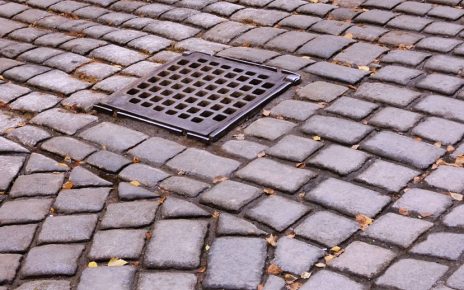In the intricate symphony of fluid dynamics, where precision and control reign supreme, throttling valves emerge as the conductors orchestrating the flow of liquids and gases.
These inconspicuous components perform an important function in a variety of industrial applications, guaranteeing fluid flow while maintaining a precise balance of pressure and temperature. In this investigation, we explore into the realm of throttling valves, learning about their different varieties, applications, benefits, and obstacles.
Table of Contents
Understanding Throttling Valves
At its core, a throttling valve is designed to regulate the flow of fluids through pipelines and systems. Its primary function involves adjusting the flow rate by controlling the size of the valve opening. This fine-tuning of fluid flow enables operators to achieve the desired flow rates while maintaining optimal pressure levels.
Rad Drain Valve: An Innovative Twist
Among the diverse array of throttling valves, the Rad Drain Valve stands out as an innovative solution. Specifically designed for radiator systems and HVAC setups, the Rad Drain Valve not only regulates fluid flow but also serves as a drainage point for effective system maintenance. This valve showcases the adaptability and specialization that modern throttling valves can offer.
Throttling Valve Types
Throttling valves come in a variety of shapes and sizes, each adapted to a specific application. Globe valves, distinguished by its spherical shape, are effective at controlling fluid flow, making them appropriate for industries such as water treatment and pharmaceuticals.
Butterfly valves, on the other hand, use a revolving disc mechanism to shut off massive pipeline systems quickly. Needle valves excel at precise flow control and have found a home in laboratory setups and precision instrumentation arrays.
Applications of Throttling Valves
Throttling valves are used in a wide range of industries. These valves in heating, ventilation, and air conditioning (HVAC) systems control the flow of air and water, which is essential for preserving ideal indoor temperatures.
Throttling valves are used by the oil and gas sector to control the flow of precious commodities like crude oil and natural gas. Their capacity to regulate fluid flow is especially advantageous for chemical processing since it ensures the success of crucial chemical reactions and mixing procedures.
Steady Flow Systems – Throttling Valves

Considerations for Choosing Throttling Valves
It takes careful consideration of various aspects, including flow needs, pressure and temperature criteria, and material compatibility, to select the best throttling valve. The objective is to choose a valve that not only satisfies the system’s technical requirements but also guarantees longevity and top performance.
Benefits of Throttling Valves
Throttling valves offer a range of benefits to industries seeking precision in fluid control. Their ability to adjust flow rates leads to improved system efficiency, resulting in energy savings and reduced operational costs. Furthermore, these valves contribute to the extended lifespan of pipelines and equipment, mitigating the risks of wear and tear caused by abrupt pressure changes.
Challenges and Maintenance of Throttling Valves
While throttling valves provide substantial advantages, they also present challenges such as cavitation, which can lead to erosion and damage. Regular inspection and maintenance are crucial to identifying and addressing these issues promptly, ensuring sustained valve performance and reliability.
Conclusion: Throttling Valve
In the grand tapestry of industries, throttling valves stand as vital instruments, steering the course of fluid control with finesse and accuracy. From HVAC systems to chemical processing, their role is pivotal in achieving efficiency, safety, and reliability.
By understanding their varied types, applications, and the intricacies of valve selection, industries can harness the power of throttling valves to navigate the dynamic currents of fluid control with precision and mastery.
Throttling Valve FAQs
What is a throttling valve’s main purpose?
By changing the valve opening, a throttling valve controls fluid flow and pressure by regulating flow rates and levels.
What are some examples of common throttling valves?
Globe valves, butterfly valves, and needle valves are common varieties, each suited to a unique application.
Where do throttling valves get their most use?
HVAC systems, the oil and gas sector, chemical processing, and other areas all use throttling valves.
How do throttling valves contribute to energy savings?
By adjusting flow rates, throttling valves optimize system efficiency, leading to reduced energy consumption.
What challenges do throttling valves face?
Throttling valves can experience cavitation, which can result in damage. Regular maintenance is essential to address such issues.




